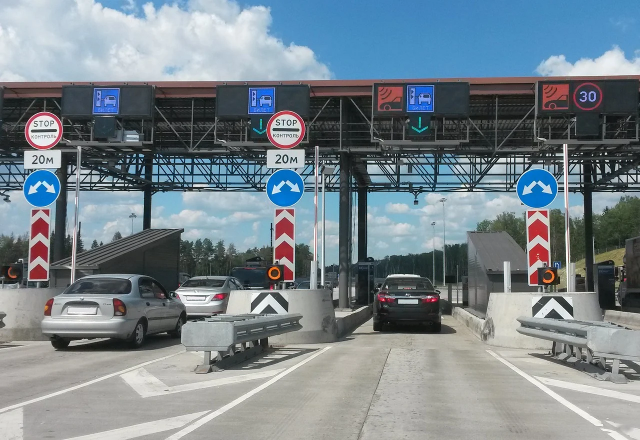Recently, the European Parliament has approved an agreement with EU governments on the revised rules defining the toll charges that member states can impose on road users in trans-European transport (TEN-T) network roads.
The aim of the new rules is to shift toll charging from a time-based model to distance-based model, dependent on actual distance driven by the users, to better reflect the 'polluter-pays' and 'user-pays' principles.
One of the important highlights of the revised agreement is that the EU countries, will have to set different road charging rates based on CO2 emissions for trucks and buses, and on environmental performance for vans and minibuses, as of 2026.
The rules also support considerable reduction in toll charges for zero- or low-emission vehicles, which is seen as a critical measure in the EU towards the adoption of e-mobility.
"We will encourage the world of transport to use cleaner vehicles. I am very pleased to have obtained the introduction of the one-day vignette for all vehicles in circulation, which will allow travellers in transit to pay a fair price for their journey", said Giuseppe Ferrandino, Rapporteur at European Parliament.
Further, the rules want the member countries to wisely use the revenues generated from these road toll charges to contribute to sustainable transport, infrastructure and mobility.
It is pertinent to note that the revised rules from European Parliament does not force its member states to charge vehicles using their roads. However, should they choose to levy toll taxes on road users, they will need to follow these rules.
Read More

